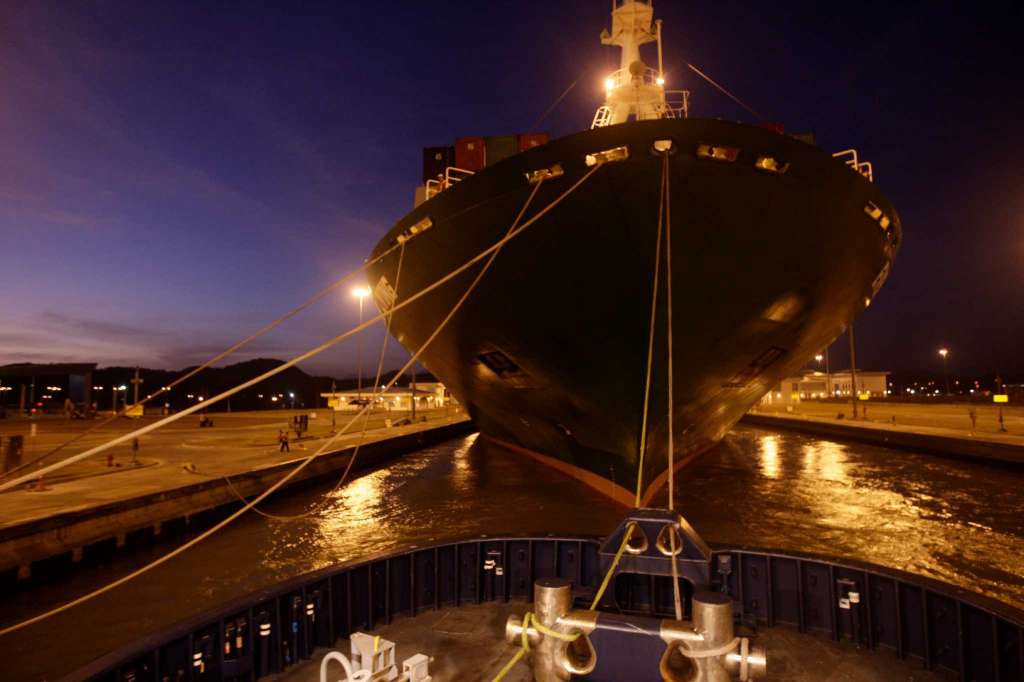A year after a new and expanded Panama Canal opened to the world’s shipping industry, for the world’s largest oil tankers the famed 48-mile route still remains too small.
According to a report by the research firm Morningstar, “the impact of the expansion on energy shipments so far has varied by commodity.”
“Flows of liquefied petroleum gas, or LPG, and liquefied natural gas, or LNG, traveling south through the canal from the U.S. Gulf to South America and Asia have increased substantially. At the same time, transits of crude oil and refined products through the canal have declined,” wrote Sandy Fielden, director of oil and products research at Morningstar.
So while the new LNG tankers setting out for Asia from the Gulf Coast can zip through the Panama Canal – avoiding the thousands of miles long journey around the southern tip of South America – oil tankers are out of luck.
Over the nine months leading into June 2016, crude represented less than 1 percent of the oversized ship traffic moving through the Canal, according to the Panamanian government. LNG represented 9 percent of traffic, with container ships the largest share of traffic at 48 percent.
“The new canal locks can accommodate larger LPG and LNG vessels—many of which have been brought into service specifically to take advantage of the expansion,” Fielden wrote. “Yet the canal still can’t accommodate the largest crude tankers and smaller refined-product vessels that require time-consuming retrofitting before making their first passage.”
